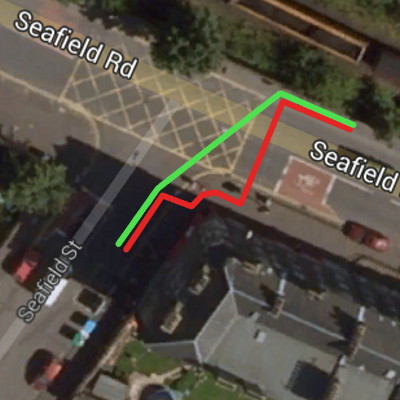"Strangely none of the groups fighting against the proposals had pedestrian interests central to their concerns"
Things can change.
Cycle campaigning is on a bit of a high at present - at least in London, Bristol and Edinburgh.
Sustrans was an offshoot of Cyclebag (the Bristol cycle campaign).
Here Spokes has been steadily working away for 36 years on various councillors, councils and Governments. (Note to CCEers - that's before most of you started school...)
Newer and brasher is PedalonParliament (and individuals associated with it, who don't all live in Edinburgh).
As 'we' have noted, (especially when discussing the NiceWayCode), the majority of bike users drive (and walk).
Most drivers don't cycle (for various reasons) and probably don't think about the walking bit of their journeys much.
For people whose main means of transport is their feet (plus probably buses), they are already greatly inconvenienced by a 'transport' (roads) system that corrals them behind railings and fixed crossings timed for optimum 'traffic flow'.
So now, increasingly, bikes are intruding on 'their' space - legally or otherwise.
'We' want better on-road provision - segregated sections, cycle lanes repainted when they begin to fade, ASL box enforcement etc.
Also important to call for any new 'shared use' paths/pavements to be suitable for cycling AND walking.
Biggest issue is some serious reallocation of roadspace - wider pavements which might be suitable for 'responsible' walking and cycling', more 24 hour cycle lanes - and generally less roadside parking.
That will only happen when politicians get brave - or at least realise that it's not just car owners who vote (even they won't all be in favour of 'more roads and fewer restrictions'!)


 posts
posts
